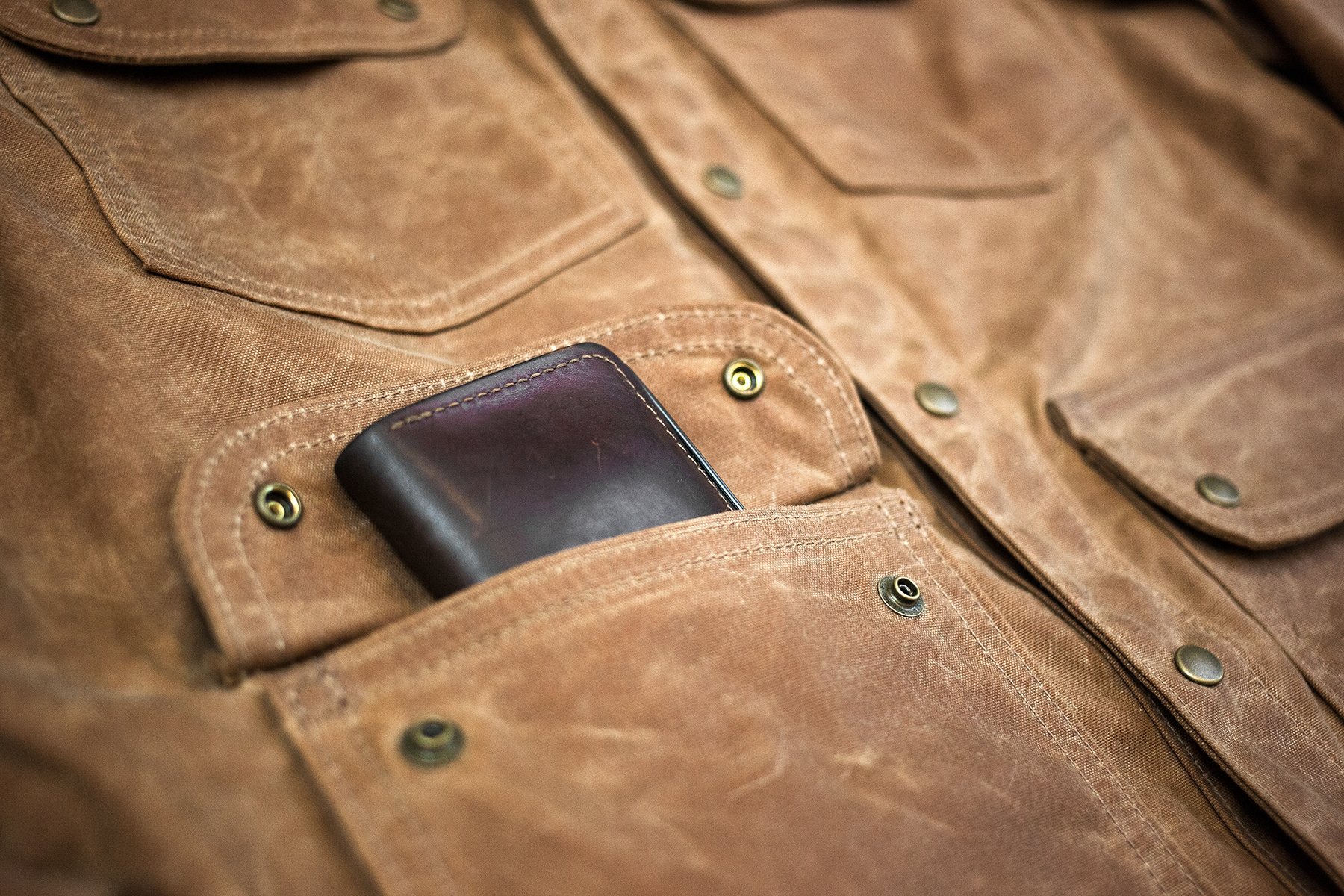We want all of our finest attire to last and look impeccable every time we put it on, but that’s not always realistic. Things get worn, they get tattered, they get dirty. What if you could restore them back to – or at least close to – that time you first put it on? In some cases, such as your canvas jacket, you can.
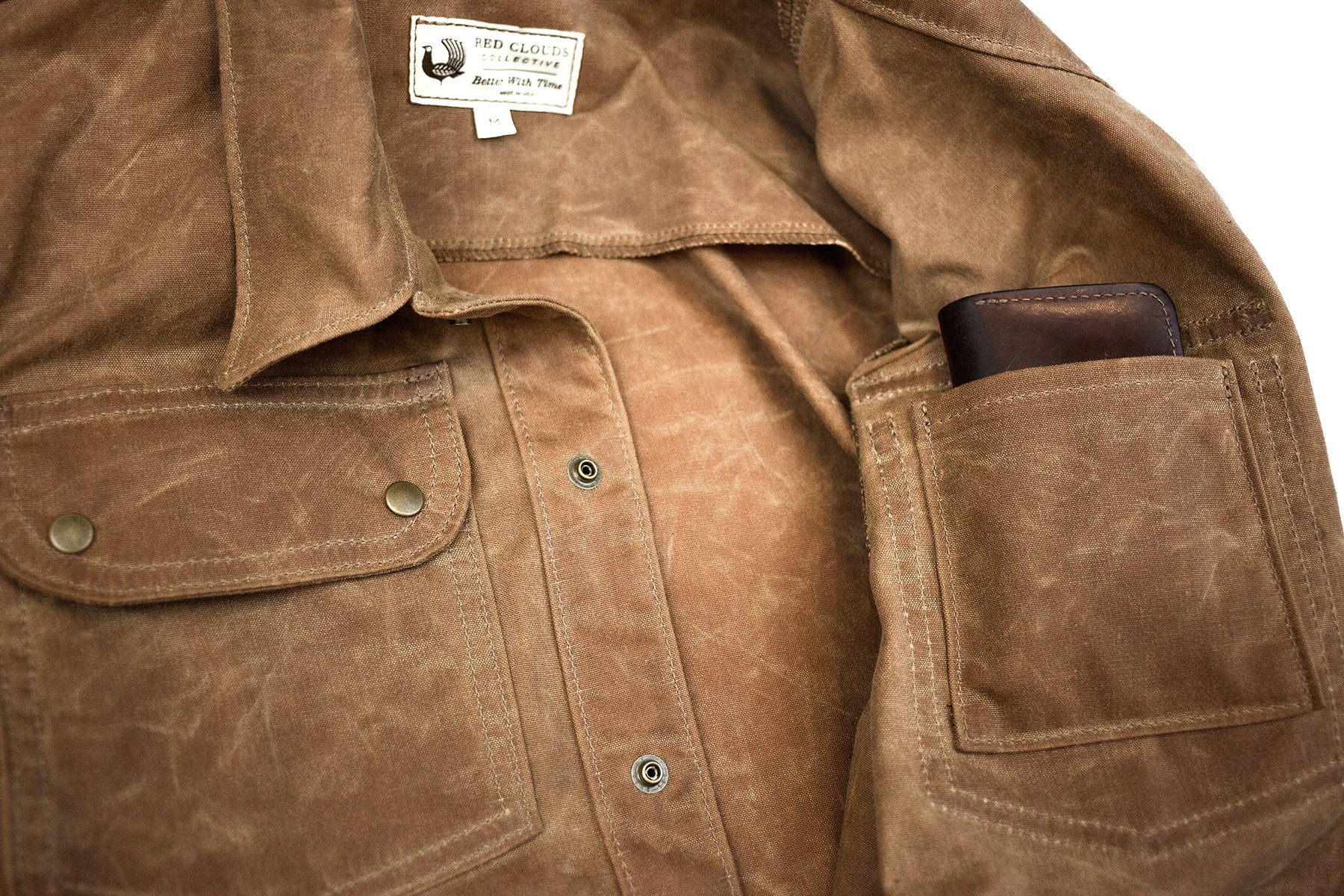
Having come around during the 19th century, canvas jackets were designed to last even in the harshest of conditions. Intended to protect the wearer from the cold, waxed canvas jackets were constructed specifically for warmth, though they’ve become more of a novelty in the modern age. More-so than many other article of clothing, waxed canvas jackets are timeless and fascinating entries in the long history of fashion.
Ever wonder where your canvas jacket may have originated from? Well, it all started with the deep blue…
Waterproofing History
How did the waxed canvas jacket come about? It all dates back to the early 19th century and started with a keen observation of the flax-based fabric of the clipper and merchant ship seals. On the high seas, the sails would become wet and wind up catching the wind better. The more water they took on, the faster the ship seemed to sail as air could not pass through the saturated fabric. Keeping in mind that the sails needed to be wet to be at their most effective, sailors considered the possibility of waterproofing them while retaining the ability to better catch wind and sail at higher speeds.
It all dates back to the early 19th century and started with a keen observation of the flax-based fabric of the clipper and merchant ship seals.
To do so, the concept to cure the fabric with Linseed oil came about. Unlike sails saturated with water, those cured with Linseed would remain lightweight, making them just as easy to hoist and release as when the sails were dry. Now, it seems like there’s still a long ways to go until the concept of curing fabric with Linseed oil to waterproof it to go from ship sails to jackets, but sailors were much smarter back then than they get credit for.
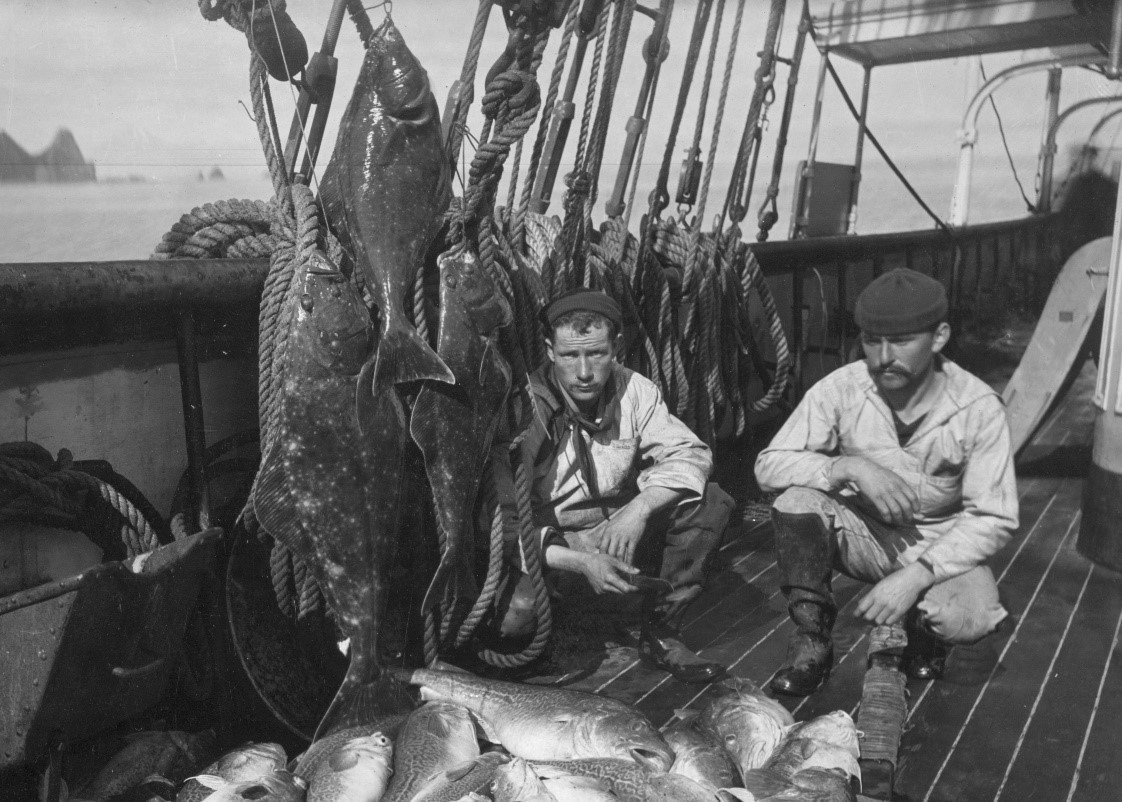
Linseed oil calcified fabrics, making them even more difficult to move in than when they were waterlogged. No matter the original color of the fabric, Linseed oil also caused it to yellow overtime, giving garments an unclean and old look. Fisherman were also having issues with flax, the material used to waterproof linen canvas clothing and wound up turning to cotton canvas materials.
The lighter and cheaper cotton remained soft, unlike flax, and was easy to maneuver in regardless of the conditions. Gradually, cotton canvas replaced flax and was constructed in two ply while retaining its softer, malleable qualities. To keep it as such, Linseed oil was set aside for Paraffin wax, which prevented fabric stiffening and yellowing. With that revelation, the waxed canvas jacket was born and has been a popular option well into the modern age. During World War II, the British Armed Forces turned to the waxed canvas jacket, making it the only army to wear waterproof clothing.
Long after the war, waxed canvas has become a staple of fashion, popping up in trends across generations. One crowd that constantly turns to waxed canvas jackets are motorcyclists. It’s a testament to the durability of the jacket to be favoured by people who, at any moment, could find themselves scraping against asphalt.
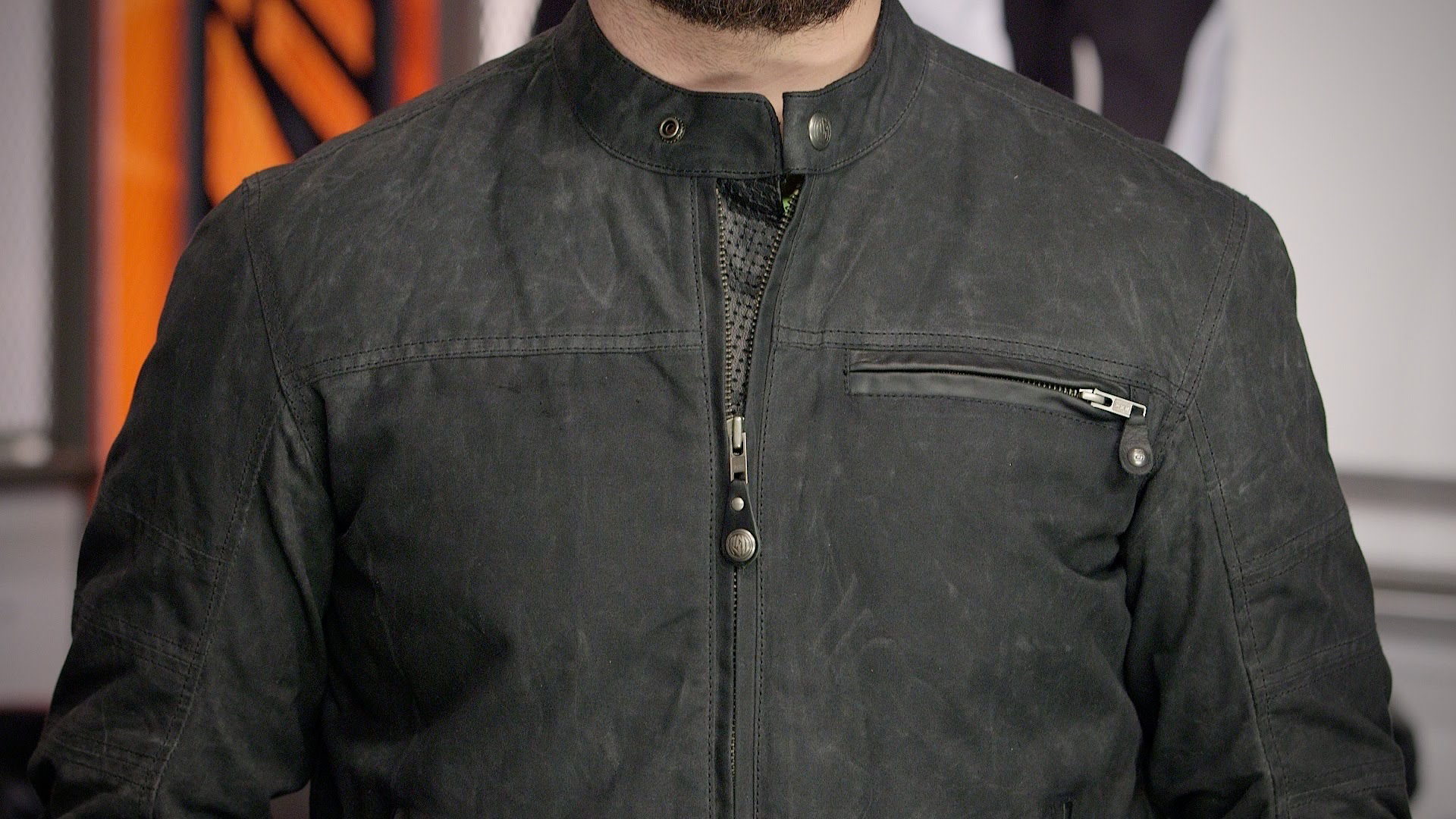
Should you go the route of a waxed canvas jacket, caring for it can be a little more involved than your typical windbreaker, but the lasting effects are well worth the extra work.
How to Re-Wax Your Canvas Jacket
It may sound like one of those tasks that takes two seconds and you’re done, but re-waxing a canvas jacket is a little bit of a process. First of all, you’re going to need four essential supplies that you should be able to find easily. Then, there’s the actual process, which is a four-step ordeal that requires patience and care.
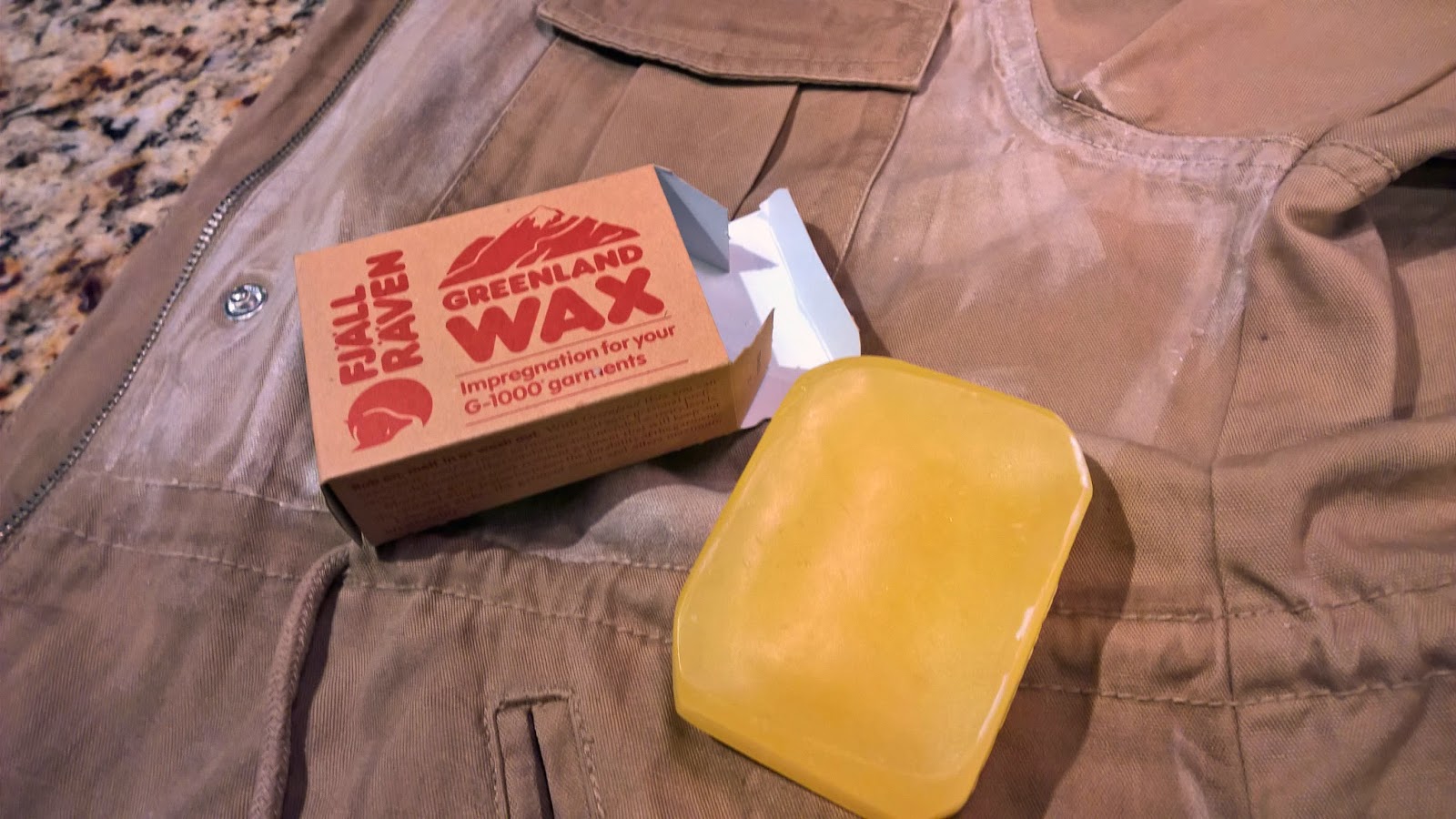
The Necessary Supplies
Before you even think about waxing your canvas jacket, you’ll need these four items:
1. Wax
A no-brainer necessity. There are several different brands and kinds of wax you can buy, which we’ll get into a little later on. While the decision is partially based on preference, you may find that people tend to lean toward paraffin wax. If you go with paraffin, you also want to invest in a mask as it’s known to give off pollutants that can be harmful when inhaled.
No matter the type of wax, always re-wax your jacket in a well-ventilated room.
2. Heat Gun/Hair Dryer
It doesn’t have to be anything fancy, so long as it is a steady and direct heat source.
3. Bristle Scrub Brush/Lint Roller
Don’t buy a steel brush or anything with bristles that don’t move against the fabric. If the brush is too stiff, soften it up a bit so it’s softer and easier on your jacket.
Your standard lint roller will work, but avoid one of those fabric shavers.
4. Clean Cloth
Just a soft cloth that will be used to wipe off excess wax. Doesn’t need to be anything fancy.
The Re-Waxing Process
With your wax chosen and supplies purchased, you’re ready to get down to business. Follow these steps carefully and to a “T” and your jacket will come out looking brand new.
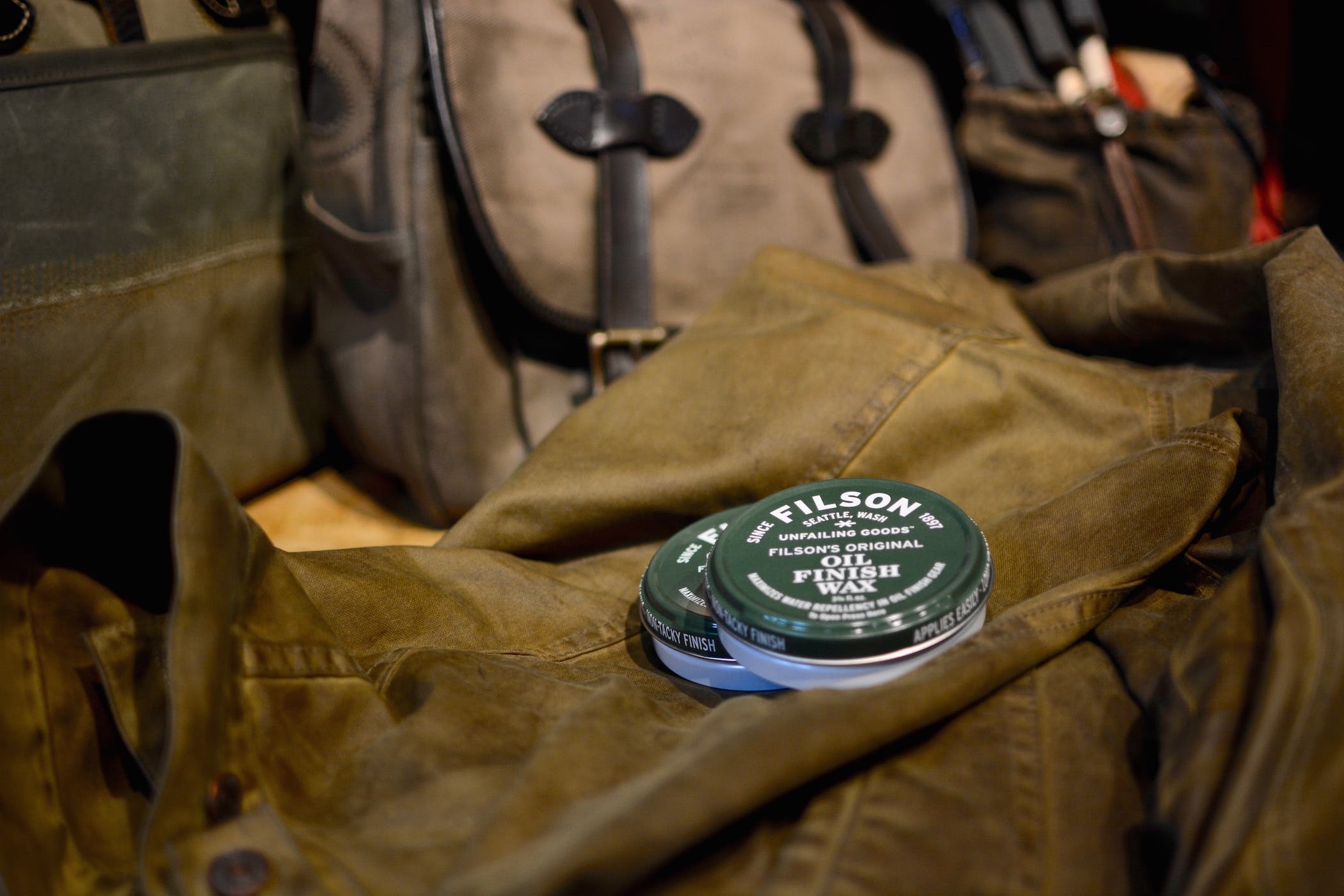
Cleaning Your Garment
Before you do anything, make sure your jacket is clean. That means removing any signs of lint and debris to prevent it from getting caught in the wax. Whatever you do, don’t toss your jacket into a washing machine and don’t use any detergents or soaps while scrubbing it.
Applying the Wax
Once the jacket is free from all debris, it’s time to go old school and apply the wax. The process is slow and requires care. Your jacket is delicate, so the process of applying the wax should be as well. Using the cloth, rub heated wax onto the jacket, making sure to coat the entirety of the exterior. Since wax keeps your jacket waterproof, you want to hit every inch of the canvas, including at the seams and all nooks. Avoid getting wax on the interior of pockets.
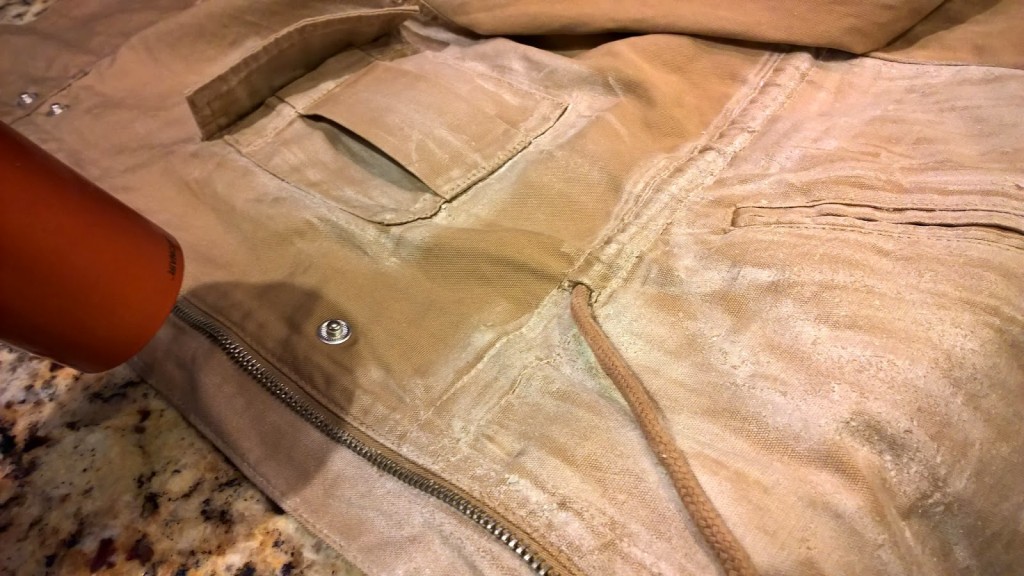
Heating Your Jacket
When you’re satisfied with your wax application, take the heat gun or hair dryer and turn it to its lowest setting. Evenly run the dryer or gun over the jacket, making sure to heat every inch of it. Once the wax appears to be dry, hang the jacket up and let it sit in a dry, warm area for up to 24 hours.
The Test Run
It’s time to see if all your hard work paid off. As mentioned previously, if you properly re-waxed your jacket, it should repel liquids. Spray water on it to make sure the droplets roll off the canvas and don’t get soaked in. The canvas should also retain a glossy sheen if the wax dried properly.
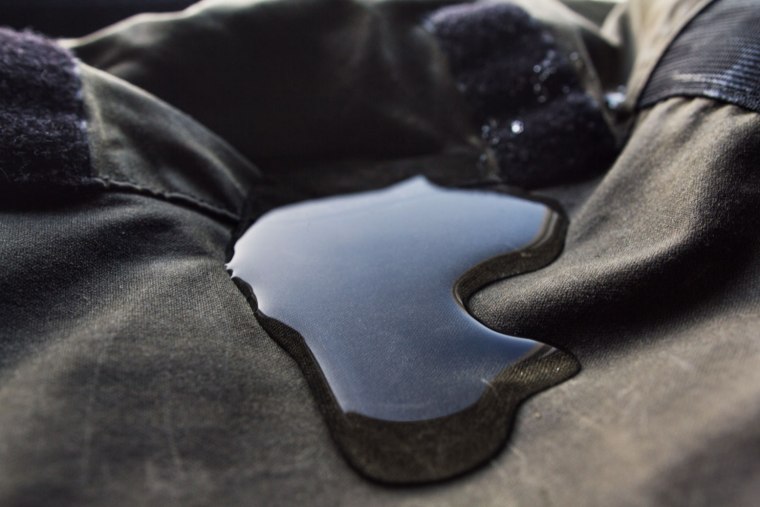
The Best Waxes for Your Canvas Jacket
Now that you know what you’re doing, let’s take a look at some of the wax products you should be doing it with.
This all-natural alternative to Paraffin wax prevents the pollutants and comes in a convenient, easy-to-apply bar shape. With Otter Wax you can forego the cloth and just rub the wax bar against your jacket for easy application. The all-natural finish provides the same sheen without any chemical agents. Check it here. Don’t want to deal with a tin of sticky wax? Barbour Dry Wax comes in bar form so application is a breeze. The bar makes it easy to hit those hard-to-reach spots and is a bit more efficient than dealing with a cloth. Check it here. Made from 65% Paraffin and 35% beeswax, Greenland Wax is a trusted product with a powerful mixture that’s surprisingly safe for the environment. Fjallraven doesn’t sacrifice function for environment friendly and shares the same great qualities of Paraffin without the toxic aftermath. Check it here. A popular wax for those that know what they’re doing, Filson Oil Finish Wax is a traditional Paraffin, much like that used in the olden days. The durable finish is long-lasting, proving that just because a formula is old, doesn’t mean it’s outdated. Check it here.Otter Wax
Barbour Dry Wax
Fjallraven Greenland Wax
Filson Oil Finish Wax
